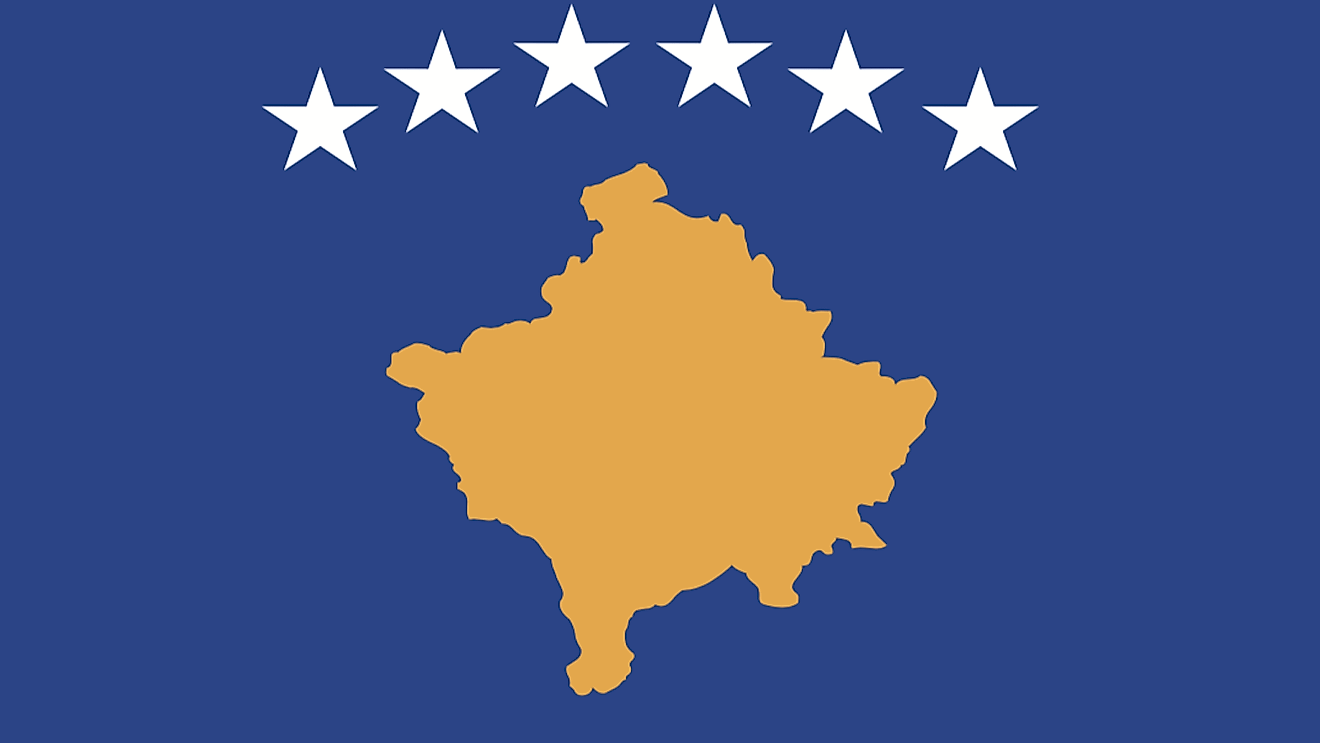What Was The Meja Massacre?

The Meja Massacre was one of the bloodiest massacres of the Kosovo Albanians by the Serbs troops and police. The massacre left as many as 372 Albanians, mostly men, dead and several others were forced to leave their homes. Described as chilling and consistent, the mass killing was carried out as revenge for the killing of six Serbs policemen by the Kosovo Liberation Army (KLA) a week earlier. Meja Massacre took place on April 27, 1999, during the Kosovo War in a village called Meja near Gjakova. The massacre was the largest in the Kosovo War. Meja was also the site of NATO attack on a convoy of Albanian refugees.
Massacre Triggered By The Killing Of Serbian Officers
Meja is a small village in Kosovo, located a few miles from the town of Dakovica (Gjakova). A week before the massacre, a Serb police vehicle carrying five policemen and an officer was ambushed by the Kosovo Liberation Army near Meja. The KLA shot and killed all six of them. One officer killed by the KLA was police commander Milutin Prasevic who led the unit that carried out the ethnic cleansing of the Albanians in the region. The action by the KLA angered the Serbian police and Yugoslavian Army, leading to the Meja Massacre.
Albanians Ordered Out Of Their Homes
On April 27, 1999, Albanians who lived in villages and around the town of Djakovica were ordered out of their homes and told to head to Albania by Yugoslav government forces. Their homes were shelled and burned. Some of the refugees traveled by trailer-tractor while others traveled on foot. However, the expulsion was not the worst that faced the fleeing refugees. The small road that the refugees were using passed through the village of Meja, a small village of about 70 houses. A checkpoint was set at Meja where they waited for the refugees.
According to an account by one survivor, the officers wore black masks and plundered the refugees, beating some and threatening others with death if they did not give them money. The expelled villagers were from villages such as Nivokaz, Seremet, Pacaj, Racaj, Jahoc, and Madanaj. Men and boys aged 14-60 were separated from the convoy and were forced to shout “Long live Milosevic! Long live Serbia!” The men and boys were forced to line up along the road where fellow refugees were able to identify some of them.
The Executions
According to the many witness accounts, many refugees who reached Albania reported seeing a large number of corpses on the roadside, apparently where the men had been forced to stand in line. An 18-year old girl recounted seeing up to 15 dead bodies. Another witness said he saw piles of bodies a few meters from the road at the center of Meja. Although the exact number of those killed is not known, it is estimated that 300 men and boys were massacred. Only a few bodies were recovered. The majority of the bodies were transported by the Serbian police unit and buried in a mass grave in Batajnica. As of 2008, a total of 345 bodies had been identified and buried in Meja and 32 bodies are still missing.











